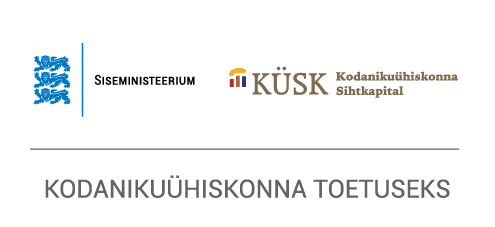The legal norms on environmental damage and severity thresholds for environmental liability were analyzed in 7 EU countries (Austria, Estonia, Germany, Spain, Hungary, Slovenia and Romania). The analysis of Estonian regulation was compiled by EELC’s lawyer Kärt Vaarmari
Remediation of environmental damage is regulated by EU Directive 2004/35/EC on environmental liability (ELD) that entered into force in 2007. According to the Directive, preventive measures should be taken in case of imminent threat of environmental damage and remedial action taken if environmental damage has already occurred. The implementation of the Directive, however, has not had much impact, as it only applies to very significant environmental damage and Member States have had too much discretion in implementing the Directive. Before the ELD entered into force, the Member States already had their national systems for remediation of environmental damage, which have remained in force parallel to the requirements of the ELD. Thus, in Estonia, in case of certain damage (for example to protected animals, forest etc.), financial compensation must be paid. However, beyond a certain threshold of damage, prevention or remediation measures must be applied (e.g. habitat restored) according to the requirements of Environmental Liability Act which transposes the ELD.
J&E study analyzes concept of three types of damage – biodiversity, land and water damage – in the context of both the ELD as well as earlier national regulations still in force. The analysis shows that firstly the provisions of the ELD have been transposed into national legislation differently in different countries and secondly their relationship with earlier national systems is different and often ambiguous. In other words, the ELD’s excessively vague wording and flexibility has led to the situation where in practice it is difficult to decide when and how the liability for environmental damage must be applied. Thus, the ELD has not been fulfilled its purpose – to prevent significant environmental damage in the whole of European Union.
The analysis concludes that the environmental liability system as a whole would be more efficient if it were better integrated with the earlier liability systems of each EU Member State and clearer rules were set on how and when different liability schemes would be applied.
J&E analysis (PDF) can be downloaded here.
Justice and Environment is a European network of (non-governmental) environmental law organizations. The aim of the network is to ensure adequate protection of environment, people and nature through use of EU environmental law and its application in EU member states. EELC is a member of the network since 2008.
